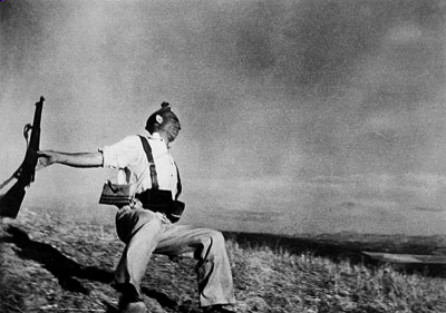I was rather taken aback when I went to the Telegraph web site recently to read up on a topic I was interested in. I found three or four reports on what I was looking for, but they were all videos. Aside from one photo in a paragraph that linked into these stories, there were no other photos, and aside from the introductory text on the same paragraph, there was no other text. I would have expected this on the BBC web site, after all they are a television broadcaster, but the Telegraph exists in the world of the printed word.
Writing imposes certain disciplines, it trains the mind to think and construct arguments, to make points, to reason. Writing also works because it has to be read, and you have to think to read. With words, you can re-read a sentence and ponder any deeper meaning. Writing can be Googled, linked and quoted. The written word, therefore, helps us to tease out knowledge and improve our understanding because it makes the writer think about what he’s writing, and gives the reader time to think and digest that meaning.
Video is an entirely different medium. That’s not to say that a well-written and well delivered piece to camera cannot have any impact, on the contrary, it can have massive impact which can be multiplied when transcribed and made available to a wider audience. But it’s impossible for a commentator to alter a single word or phrase without having to re-record the whole segment, it’s tedious for the viewer to rewind and play a clip repeatedly to review a comment, and all too easy to “space out” and miss a crucial point.
But my greatest disappointment is for what this video-only trend means to the art of photography. It is of course a tired cliche to say that a picture is worth a thousand words, but I really believe that, even in this photoshopped era. However, it does not follow that video at 30 frames per second is worth thirty thousand words per second. A short video clip may indeed be worth less than an excellent photograph because in my view, the skilled photographer can capture a moment in time which we can then study at length.
News media are struggling to maintain full complements of journalists as it is, but if they also need more cameramen to record video then traditional stills photography will be sacrificed. I don’t think a frame-grab from video is the same thing. So I see fewer photographers out there in future and the diminishing of a remarkable medium for documenting social and political history. Would Robert Capa’s “Death of a Loyalist Soldier” have resonated down the ages if it had been a clip on YouTube? I don’t think so.

